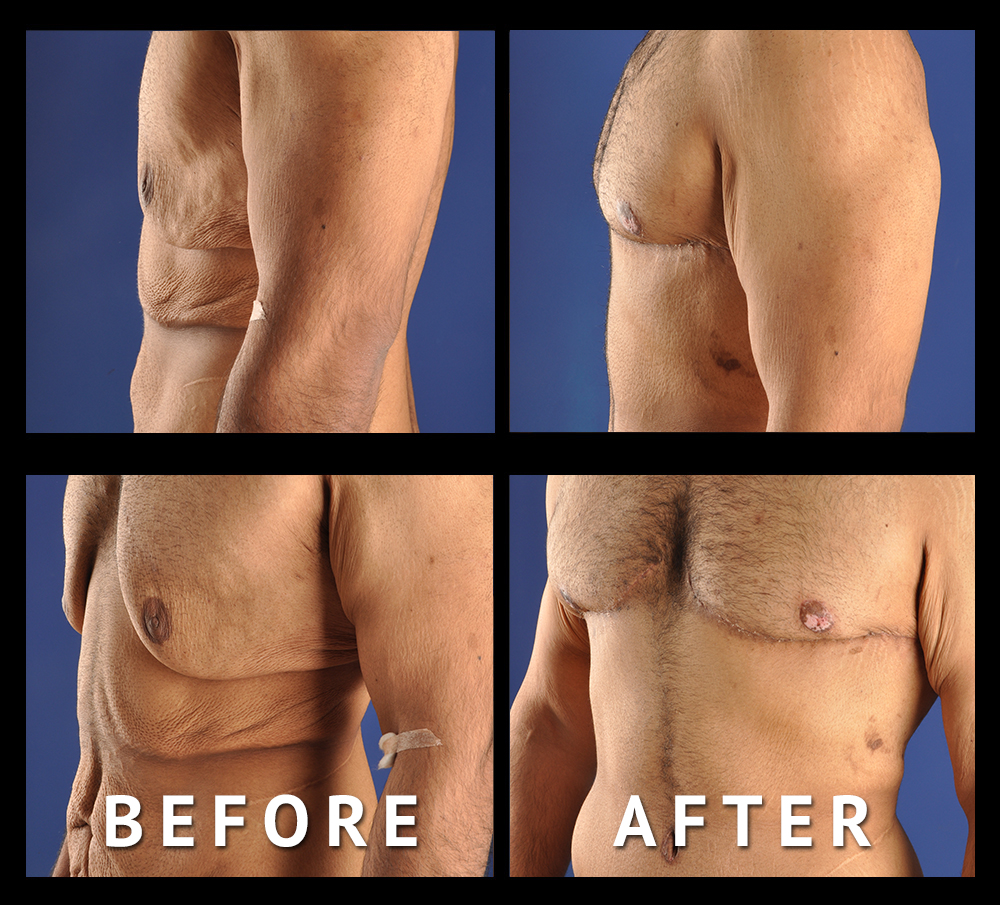POST BARIATRIC SURGERY – LOS ANGELES
AFTER WEIGHTLOSS
Plastic Surgery for Men. Everything you need to know about Post Bariatric Surgery Procedures.
SURGERY AFTER MASSIVE WEIGHT LOSS/POST BARIATRIC SURGERY
With the rising epidemic of obesity in the United States, bariatric procedures have become more prevalent. Data reviewed by the NIH between 2004-2011, revealed an overall prevalence of obesity among US workers was 26.2%. Surgeons and medical practitioners continue to battle the ongoing epidemic and are offering more and more options for patients to lose the unwanted weight. This can range from lap banding surgery, bariatric sleeve gastrectomy, roux-en-y gastric bypass (RYGB) to name examples of more invasive procedures. Less invasive procedures have come to include gastric balloons, jaw wiring, and even less conventional procedures such as the tongue patch diet. Some patients try to avoid surgery all together and have begun to employ HCG, appetite suppressants such as Phentermine, and even hormone replacement therapy to help stimulate the metabolism and avoid food cravings. Yet others recognize the maladaptive behaviors in their life and do the hard work of dietary restriction and exercise to help drop the pounds.


